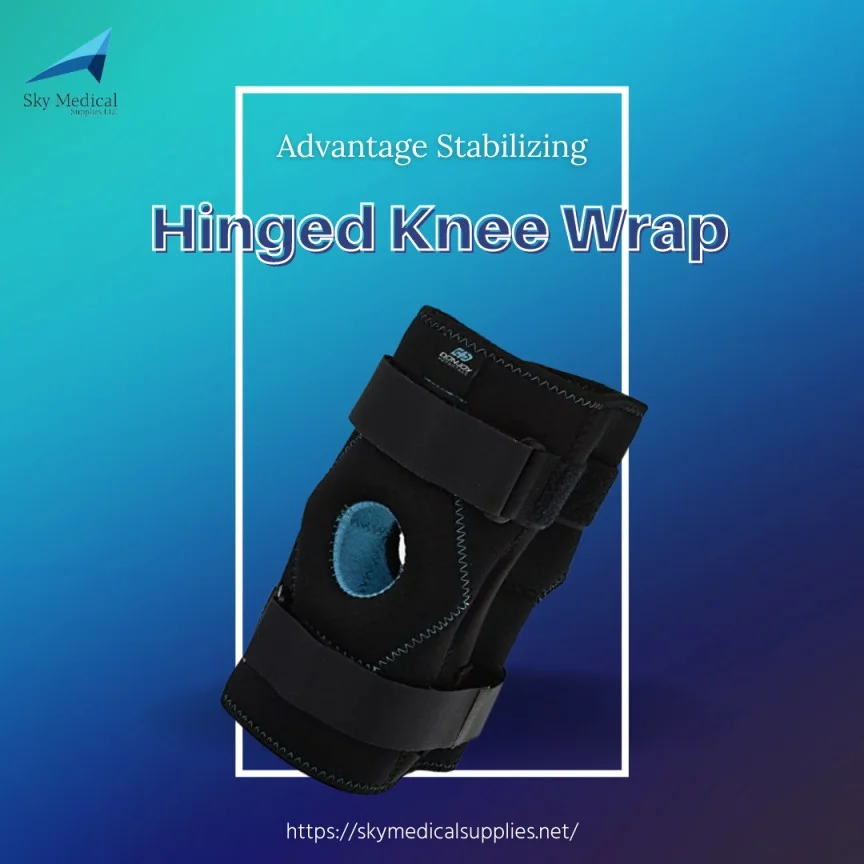
These preventive knee braces are mainly used by sportspeople to protect the knee from injuries during sports activities. They are designed to prevent and reduce the severity of ligamentous injuries of the joint. Athletes commonly wear them, particularly in contact sports, to safeguard the knee joints from injury. Examples include ACL braces and motion knee stabilizers.
Functional Knee Braces
Functional knee braces are designed to provide support for already injured knees. They are often used by individuals with an ACL injury or tear and those who require assistance after ACL surgery. Athletes with joint instability also benefit from these braces. They have a hinge post shell design that improves soft tissue contact and offers long-term durability.
Unloader/Offloader Knee Braces
Unloader knee braces are helpful for individuals suffering from medial compartment knee osteoarthritis and arthritis. These braces distribute or offload the pressure from the affected joint to the thigh bone, reducing pain. They are also used as preparative devices by people awaiting knee surgery to alleviate stress on the knee beforehand.
Rehabilitative Knee Braces
Rehabilitative knee braces are essential for individuals recovering from surgery or an injury. They limit potentially harmful knee movements during the early stages of recovery and protect injured ligaments. These braces also help prevent future injuries to the knee joint.
Knee Sleeves
Although not categorized as knee braces, knee sleeves are commonly used for knee support. They provide compression around the knee joint, reducing pain and swelling.
What Is the Difference Between Knee Immobilizers and Knee Braces?
Knee immobilizers and knee braces are sometimes used interchangeably, but they have distinct differences:
Knee immobilizers: These are used after the initial weeks following surgery. They are recommended for injuries or surgeries where even slight movement can be dangerous. Immobilizers can be removed during physical therapy sessions.
Knee braces: Unlike immobilizers, knee braces have a metal hinge joint that allows the knee to bend and straighten. They provide limited mobility to keep the joint stable and prevent strain or pressure on healing ligaments or tissues. Knee braces are also used preventively to avoid injuries, particularly by athletes.
When to Wear a Knee Brace?
The appropriate time to wear a knee brace depends on the specific type and the individual's health condition. It is important to consult a doctor to recommend the most suitable knee brace. Some braces are worn constantly, while others are used only during sports or physical activities. Proper placement of the knee brace is crucial, as a misplaced brace can be harmful.
Benefits of Using Knee Braces
Wearing a knee brace offers several benefits:
- Easy to Use: Knee braces are designed for easy use, with adjustable straps for size adjustment. They can manage pain and provide support while being worn above or below clothing.
- Improved Blood Flow: The compression provided by knee braces increases blood flow to the knee, delivering more nutrients and oxygen to the joint's synovial membrane and synovial fluid. This helps reduce pain and swelling.
- Pain Relief: Knee braces can alleviate pain associated with rheumatoid arthritis, osteoarthritis, swelling, and patellar tracking disorders. They act by providing.